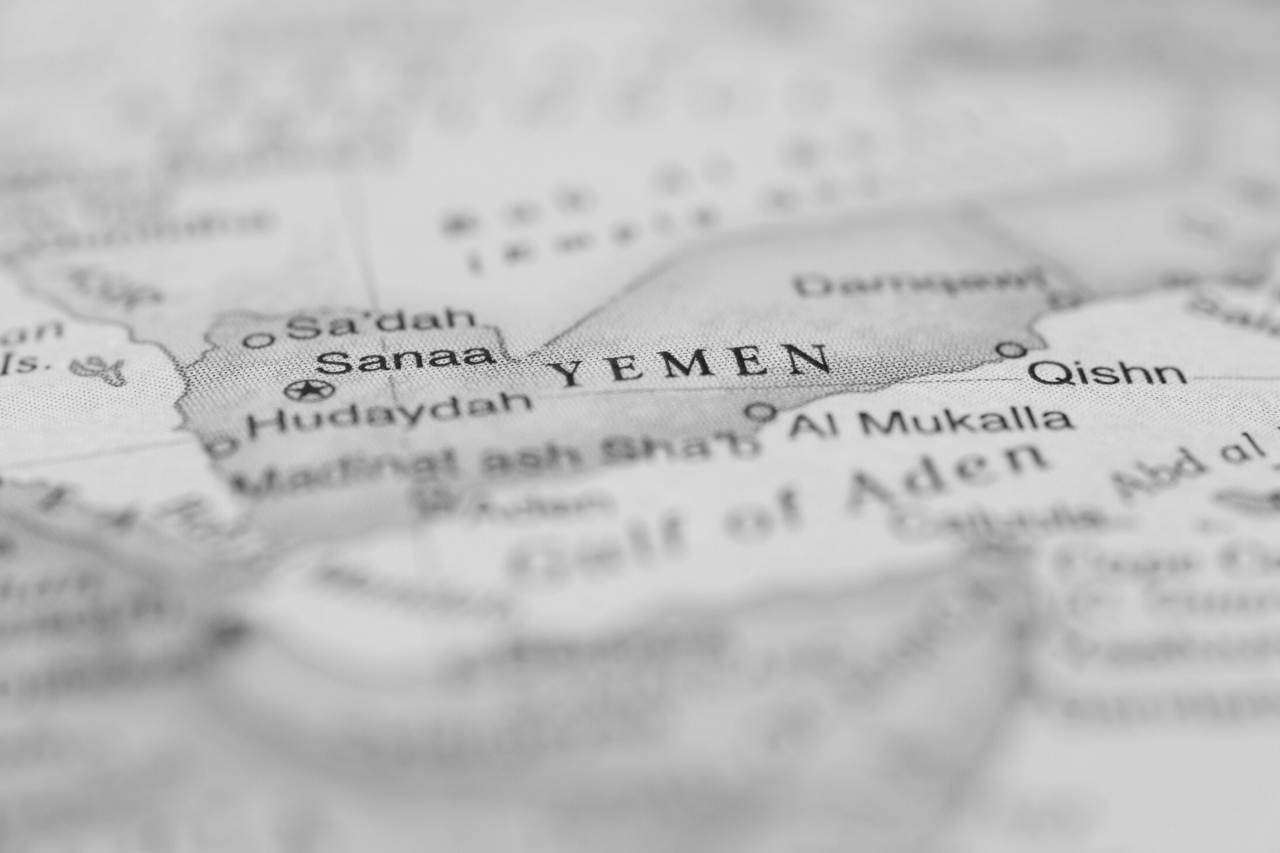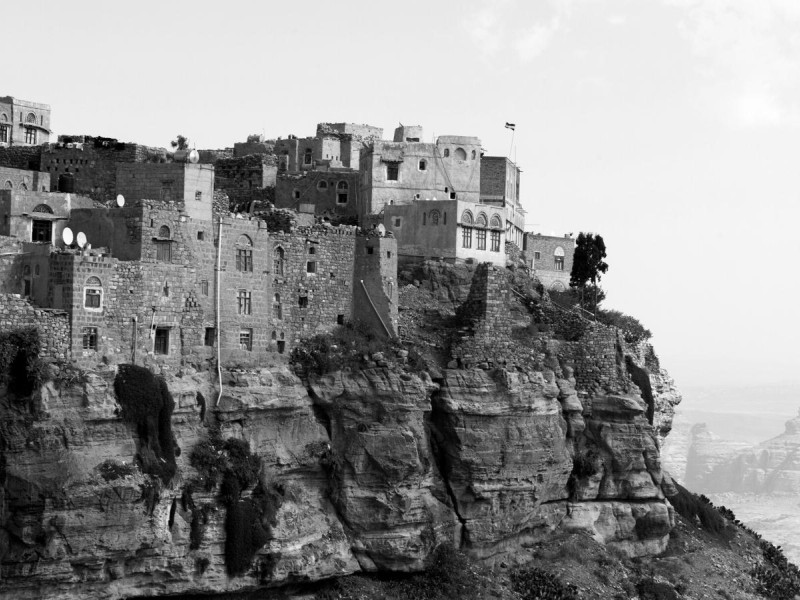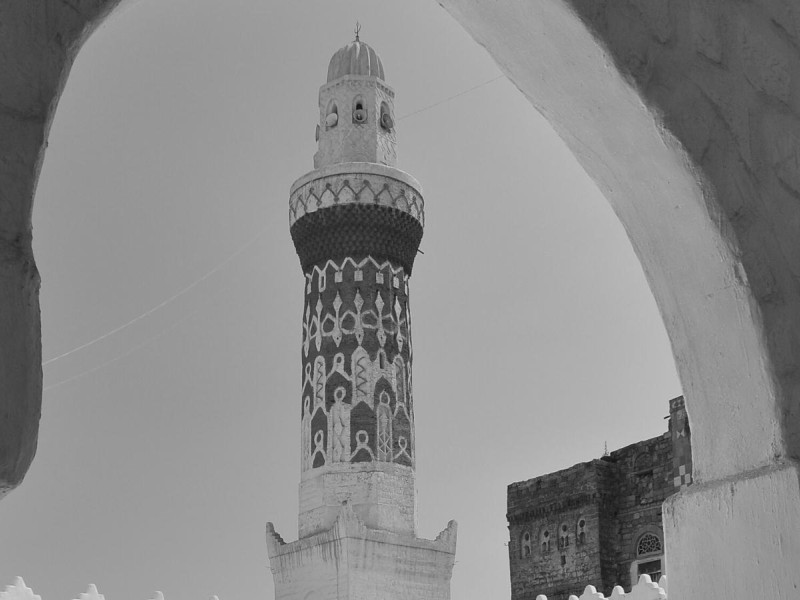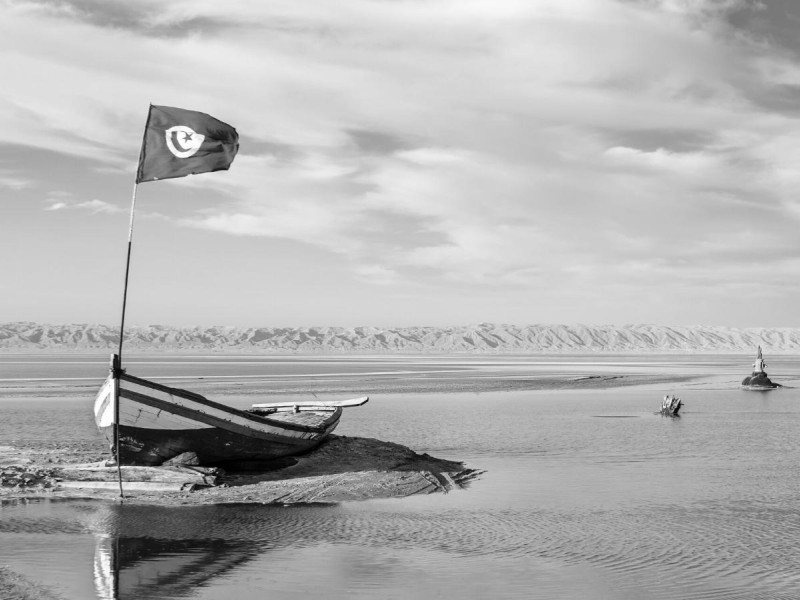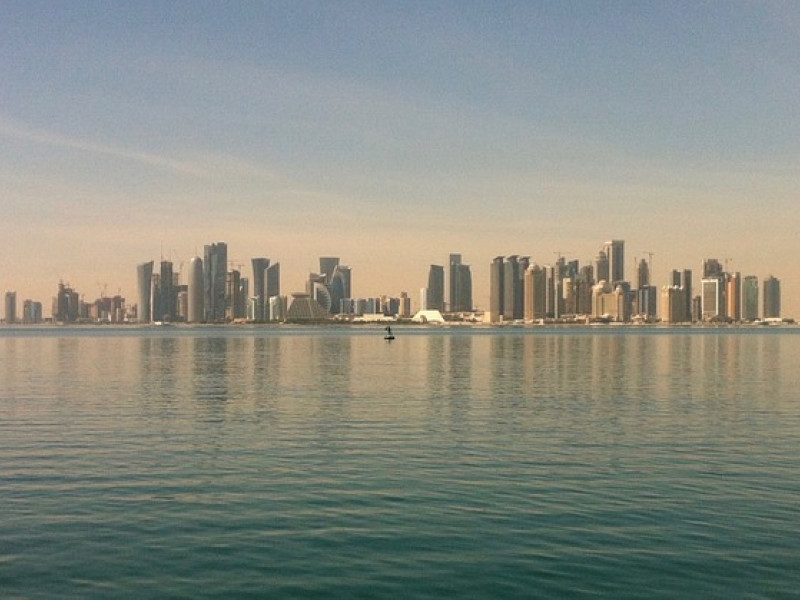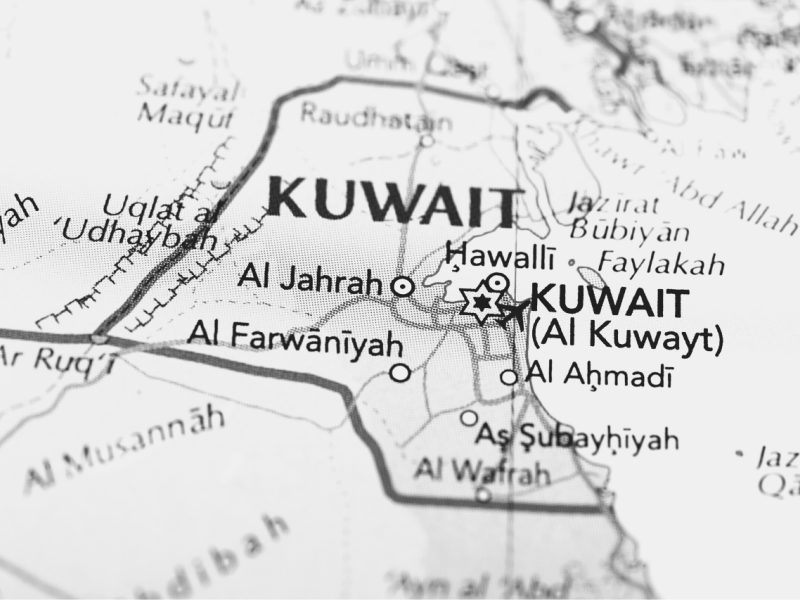Yemeni History: Finding the Crossroads of Ancient and Modern Trade
Yemeni history reveals a rich and unique character that deserves recognition. Much can be read about this beautiful country in the southwestern corner of the Arabian Peninsula, where the history, tradition, customs, culture, and economy have been formed by blending ancient and modern trade.
Yemen’s history has been a product of the country’s strategic geographical location at the southern part of the Red Sea. It is bordered in the south by the Gulf of Aden and the Arabian Sea and in the west by the Red Sea.
Originally, Yemen has also played a significant role in transnational communication in the region. Frankincense and myrrh have been widely sold, together with spices and perfume.
Known for its tremendous resources, Yemen has been given the name Fortunate Arabia. For instance, coffee occupies a vast plantation in the country, and it is now recognized worldwide for its unique aroma and flavor. Hence, coffee imported from Yemen is a national pride and treasure.
A Brief History of Yemen
Interestingly, the kingdom of Yemen can be traced back to medieval times. Yemen is located in the southwestern corner of the Arabian Peninsula, and it is known as the closest point to sub-Saharan Africa. Yemen's ancient history says that it has been used as a major land transportation route for traders from the Indian Ocean to the Mediterranean Sea.
One of the famous personalities from ancient Yemen was Queen Sheba, who appeared in the bible as a guest of King Solomon and tested his wisdom by asking him thoughtful questions about science, history, mathematics, geography, art, and philosophy.
It should also be noted that she came along with luxurious gifts of perfume, food, spices, and produce from her country. Suffice it to say that Yemen was the center for trade and commerce in the region during Roman and medieval times.
The modern-day Republic of Yemen can trace its origin from its title, Arabia Felix, or a prosperous Arabia, as shown by the lucrative commerce that was prevalent at that time.
Rulers of Yemen came from dynasties in several kingdoms. These were primarily Arab leaders who controlled the region. It should be noted that Islam came to the country sometime in 630 AD, which was ushered in by the conversion of the Persian leaders, sheiks, and tribal leaders into Islam. Since then, Yemen has been ruled as an Arab state.
Following this change was the establishment of North Yemen that came into power under the leadership of imams or Muslim priests of several dynasties. Zaydis, a Shi’a Muslim dynasty, came into power in Yemen until the twentieth century.
When Was Yemen Founded?
The ancient history of Yemen reveals its significant role as one of the oldest civilizations in the Near East. It has been coined in history that Yemen or South Arabia was also recognized by Ptolemy, an ancient Greek geographer who explained the wealth and grandeur of Yemen at that time.
Scholars have unveiled that traces of Yemen’s foundation could lead us back to the eighth century BCE and the sixth century CE. As shreds of evidence have shown, trading of sophisticated products like spices, frankincense, and myrrh is an interesting proof of Yemen’s economic position in the world in the previous era until Islam arrived in 630 AD, which had made Yemen a part of the Muslim world.
The Birth of North Yemen
Historical records reveal that North Yemen was controlled by the Ottoman Empire starting from the sixteenth century into the nineteenth century. Zaydi imam from the Shi’a Muslim group took powerful control of the land.
Due to political, religious, and economic constraints, the Ottoman Empire was dissolved in 1918, giving birth to a new region called North Yemen or the Yemen Arab Republic (YAR). It was headed by Imam Yahya, who enjoyed the full support of the people in the northern region.
Politics has not always been stable because Yahya’s leadership suffered from underground opposition in the late 1930s. This opposition came into full bloom in the mid-1940s and resulted in Yahya’s assassination in a palace coup because of the people who rejected his feudal rule.
Following Yahya’s assassination was the succession of his son Ahmad (Ahmad bin Yahya Hamidaddin) to power, but his rule ended on his death in September 1962. Unfortunately, Imam Ahmad’s administration was marred by oppressive control and annihilation.
It should be noted that North Yemen had been included in the federation of Egypt and Syria in the United Arab States from 1958 to 1961. Imam Ahmad’s son named Badr came into power after Ahmad’s death. Ironically, this political leadership lasted for only a week as he was overthrown by some army officers headed by Colonel Abdallah al Sallal, who formally created the North Yemen region.
Just like any other political state, the administration of Colonel Abdallah al Sallal was not free from a strong opposition. Upon taking power, they created the ruling eight-member Revolutionary Command Council led by Colonel Sallal.
Yemen Before the War
Yemen was severely marred by civil disobedience. A civil war was a major problem in the country because some of the leader’s political detractors have initiated civil war between the royalist forces and the republicans.
Saudi Arabia and Jordan supported the royal troops against the new administration. The republicans, on the other hand, were supported by Egyptian troops. Having fought hard for political power, the opposing leaders had finally made peace following the recognition of YAR by Saudi Arabia in 1970.
The Formation of South Yemen
South Yemen, or the People’s Democratic Republic of Yemen, came into power from 1967 to 1990. It was a socialist country that was recognized as a state in the Middle East, particularly in the southern and eastern provinces of modern-day Yemen.
Historically, it should be known that South Yemen’s origin can be traced back to 1874 upon the creation of the British Colony of Aden and the Aden Protectorate. It was recognized as a province within British India in 1937.
Moreover, the federation of South Arabia and the protectorate of South Arabia had merged to establish the People’s Republic of Southern Yemen. This name was later on changed to the People’s Democratic Republic of Southern Yemen, a socialist government based on Marxist-Leninist ideology. Yemen was supported by Cuba, East Germany, and the Soviet Union as the only communist state in the Arab region.
With the onset of the civil war in 1986, communism collapsed in South Yemen. It was a tragic era for communist leaders who suffered a major blow in their political power. To make a quick maneuver, South Yemen was unified with the Yemen Arab Republic or North Yemen on May 22, 1990. This union was the first milestone in the formation of the modern Republic of Yemen.
Yemen's colonization started from the British influence, which spread throughout the southern and eastern regions of Yemen. The British controlled the port of Aden in 1839, and the area was deemed as part of British India until 1937. At that time, Aden became a crown territory of Britain.
In 1965, tribal states adjacent to Aden were established as the British-sponsored Federation of South Arabia. Two rival groups had emerged and fought for power: the Marxist National Liberation Front (NLF) and the Front for the Liberation of Occupied South Yemen (FLOSY).
This political game was dominated by the NLF in 1967. The NLF controlled most of the regions at that time, but the federation eventually ended in the summer of 1967. It led to the removal of the last British troops on November 29, 1967.
The following day, November 30, 1967, the People’s Republic of Yemen with Aden and South Arabia was formally declared. To seal this great political change, Yemen had adopted its official name on December 1, 1970; hence, the People’s Democratic Republic of Yemen (PDRY) was born.
North and South Yemen Unification
Open conflicts had tarnished the reputation of the two Yemens in 1972. Saudi Arabia supported YAR, whereas Russia supplied arms to PDRY. A ceasefire was announced to forge a united Yemen, but the two countries had remained in conflict. Political and military unrest had challenged the region, which had resulted in the assassination of the YAR president in June 1978.
This unruly situation was tough, and the Constituent People’s Assembly elected Lieutenant Colonel Ali Abdallah Salih as president of the YAR.
Little had changed in the country after the election of Salih. As a matter of fact, continuous fighting had commenced in early 1979. After a few months, the leaders of the two countries surprisingly signed an agreement in Kuwait, agreeing on unification.
Moreover, Abdul Fattah Ismail, the appointed head of state of the PDRY, resigned and declared himself exiled in December 1978. Replacing him was Ali Nasir Muhammad, who was a former prime minister.
However, Ismail announced his return from exile after a few years. In January 1986, Ismail came back to resume a senior position in the Yemen Socialist Party. The supporters of both parties aggressively denounced the political scenario in Yemen, which led to the ouster of Muhammad and the death of Ismail.
Violence never ceased in Yemen following the death of Ismail. A general election was held in July 1988, where President Salih won a third five-year term of office.
Yemen thrived for a decade, and a more mature country emerged. In May 1988, YAR and PDRY had agreed to a truce. They withdrew their troops from their mutual border to create a demilitarized zone. Passing this law enabled the citizens to have an easier crossing at the border.
More progress was pursued until they both agreed to draft a unity constitution in May 1991. It was eventually approved by the people through a referendum. To seal the newly born government of Yemen, President Salih was elected president of the Republic of Yemen.
Political Turmoil and Civil War
The birth of a unified Yemen was a dream for the people, but the promise of a stable life fell short of the world’s expectations. Political and economic stability continued to plague the nation in 1992. Escalating problems like security and poor economic conditions bothered many, which resulted in civil unrest marked by riots, disobedience, and poverty.
In 1993, the GPC and the YSP, the two former ruling parties, emerged to create a single political party in the new House of Representatives.
Although Vice President al Baydh exiled himself voluntarily to Aden, the political turmoil was hard to end. Worse, it even paved the way to more deteriorated political unrest.
Consequently, even national security was at risk due to massive public disorder. This political chaos had resulted in a divisive civil war that was so rooted that even international efforts failed to solve it.
Unfortunately, the new republic lacked international recognition because of its weak foundation and political will. President Salih utilized his military power to end civil disobedience on July 7, 1994.
Conclusion
Located in the southwestern tip of the Arabian Peninsula, Yemen stands out because of its strategic location as a major transport route from the Indian Ocean to the Arabian Peninsula. Its access to the world can even stretch up to the Mediterranean Sea. The birth of Yemen can be attributed to the medieval time where the country was known for trading frankincense, myrrh, and spices in the ancient world.
Ruled by several political dynasties, Yemen had emerged as a divided country inhabited by Arabs, Afro-Arabs, South Asians, and Europeans. Northern Yemen and Southern Yemen had always been in conflict until the birth of a new republic called the Republic of Yemen.
Bombarded by constant riots, political upheavals, and economic chaos here and there, Yemen has learned to survive. The modern state has thrived through the test of time, and the people are courageous enough to protect their rights and their sovereignty.
Having fought hard for democracy, contemporary Yemen reveals a nation seasoned with unrest. It’s a land where wars can suddenly erupt, but the people always find a way to rise from the rubble.


